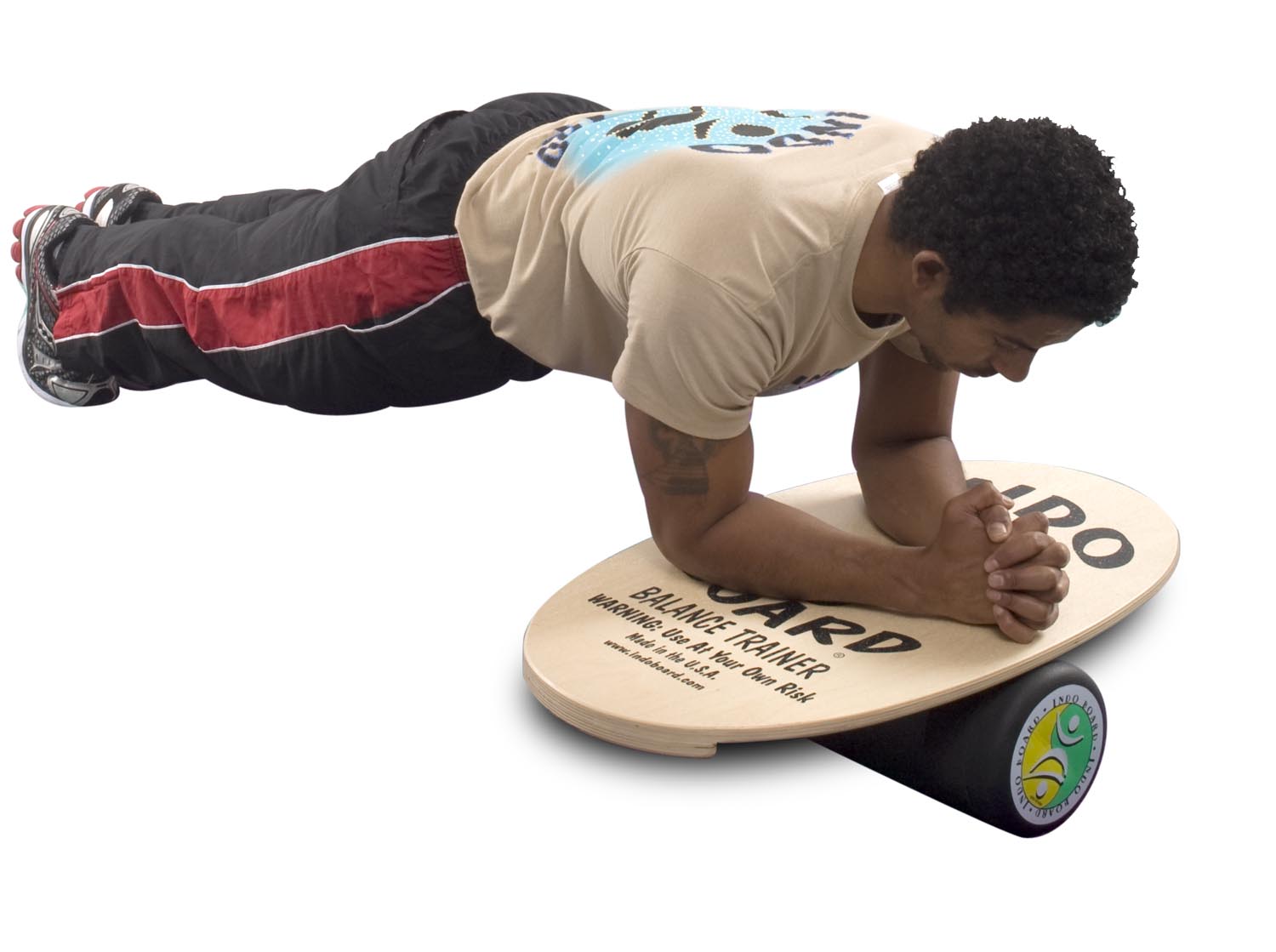Weight training, as much as you might love it, can still get a bit mundane at times. Performing the same set of moves week after week, month after month becomes too routine. You can vary moves to a certain degree, change up rep ranges, volume, load and intensity but that may not be enough.
Some trainees even take it to the next level by trying to perform moves they see on YouTube videos, or worse, moves they try to invent themselves.
Before you decide to go Evel Knievel in the weight room and get yourself hurt, make note of these four exercise to NEVER do.
Term to know: Contraindicated Exercise
A contraindicated exercise refers to the danger that a movement can appear simple and harmless, but it does not apply to everyone in the population. For some they could potentiate the risk for injury. For others they might be fine – but it comes down to the makeup of your anatomy. Usually the exercises are contraindicated due to the varying amount of stress the joints take as a by-product.
1. Bench Dips
The bench dip is considered a contraindicated exercise.
Why It Sucks:
In this position the arms sit by our sides with our palms facing forward. Essentially, the further away we move from this position, the more vulnerable our shoulders can be to injury risk. Since we’ve moved our shoulders completely into an internal rotation, we’ve come into a very undesirable position to bare load. As a result, abrasions to the deltoid, rotator cuff muscles, and bursae can be imminent. For most of us, this exercise can act to strongly exacerbate shoulder pain.
Do this instead:
If you’re set on training your triceps with dips, use parallel bars. Adjusting the position of the hands to parallel actually rolls the head of your shoulder behind your collarbone, where it belongs. This is a much friendlier position to avoid injury.
2. Upright Rows
Why it Sucks:
The upright row is another example of a baring load from an internally rotated shoulder position – exposing a lot of undesired weakness. Upright rows, at the top position of the movement place a great deal of strain in a close proximity to the joint, meaning the shoulder and upper arm migrate very high into potential impingement territory.
Do this instead:
Initiating the lift with leg drive and turning the upright row into a high pull allows a lifter to use more weight and move it more explosively, all while placing less strain on the shoulder joint. In this case, one slight technical adjustment can shift a persistently painful exercise to a productively pain-free exercise.
3. Curtsy Lunges
In this movement the knee travels across the body vs. the tradition forward and backward motion.
Why it sucks:
This exercise may be a good “burn” for the muscles of the thigh, but it negates one foundational rule of biomechanics. To encourage proper movement pattern, function, and strength, the knee joint, hip joint, and shoulder joint should be kept in alignment with one another the entire time while baring load. For the grand majority, this will produce unwanted stress since the hip socket doesn’t align with this movement angle or pattern. Consequently, the IT band and TFL will take a loaded stretch.
Do this instead:
Keep things in line with forward and reverse lunges. If you want to make things a bit more challenging, add a deficit to your lunges – forwards or backwards off a low box.
4. Leg Extensions
Why it sucks:
The leg extension is a classic example of an open chain exercise. Open chain exercises allow the foot to move freely and usually are single joint isolation movements in nature. Leg extensions fit the bill. The result of this is shearing force. Because the quads are contracting on their own, their shortening through tension will have an impact on the knee.
Do this instead:
Rather than stressing the ligaments in this fashion, a better alternative would be to incorporate compound movements like squatting, deadlifting and even the leg press, in order to encourage a co-contraction from surrounding muscles so a balance is promoted and knee strain and counterstrain is kept to a minimum. This way the joint pressure from lifting weights is “spread out evenly” around the joint.







